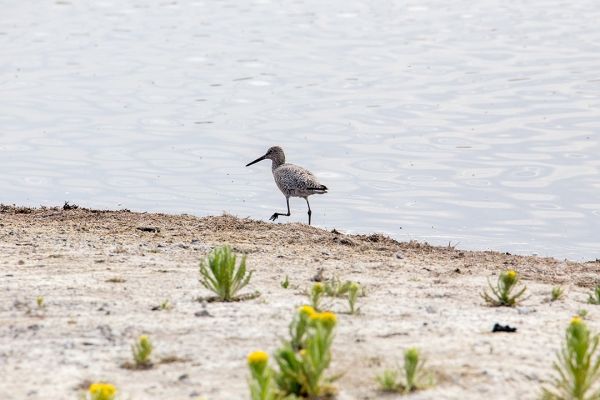A collaborative approach involving various levels of government and regional experts is needed to better understand, and protect, Saskatoon’s Swale ecosystems, says a new report authored by a University of Saskatchewan (USask) graduate student.
Warrick Baijius, a PhD candidate in the Department of Geography and Planning in USask’s College of Arts and Science, wrote the report Comprehending Swale Ecosystems: Research Synthesis and Analysis. The project aimed to identify current gaps in knowledge about the Northeast Swale and adjacent Small Swale by reviewing existing research on the Swales and surrounding areas in northeast Saskatoon.
“There are many layers to the importance and significance of the Swales, just as there would be with many other natural areas,” Baijius said.
“Considering how much native prairie grassland we’ve already lost within the prairies and globally, to have 2,800 hectares of an endangered grassland ecosystem right next to the city is incredible—and that doesn't even include the Small Swale, which is also rich in wildlife. It’s also a big responsibility to care for the rare and endangered plants and animals that rely on, and sustain, the Swale ecosystem.”
Continue reading at University of Saskatchewan.
Image via Meghan Mickelson.


